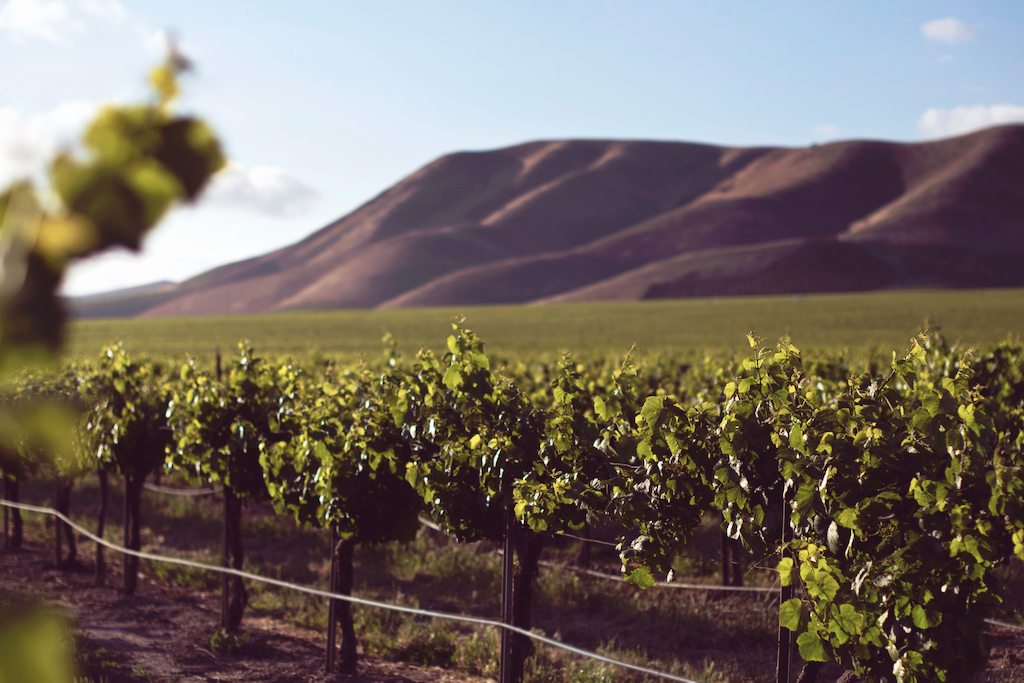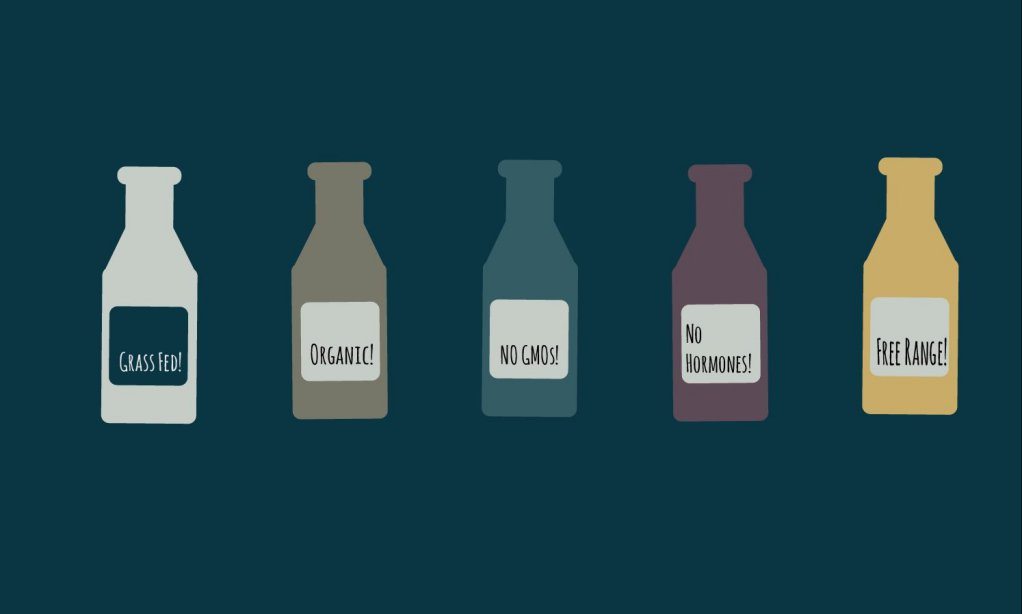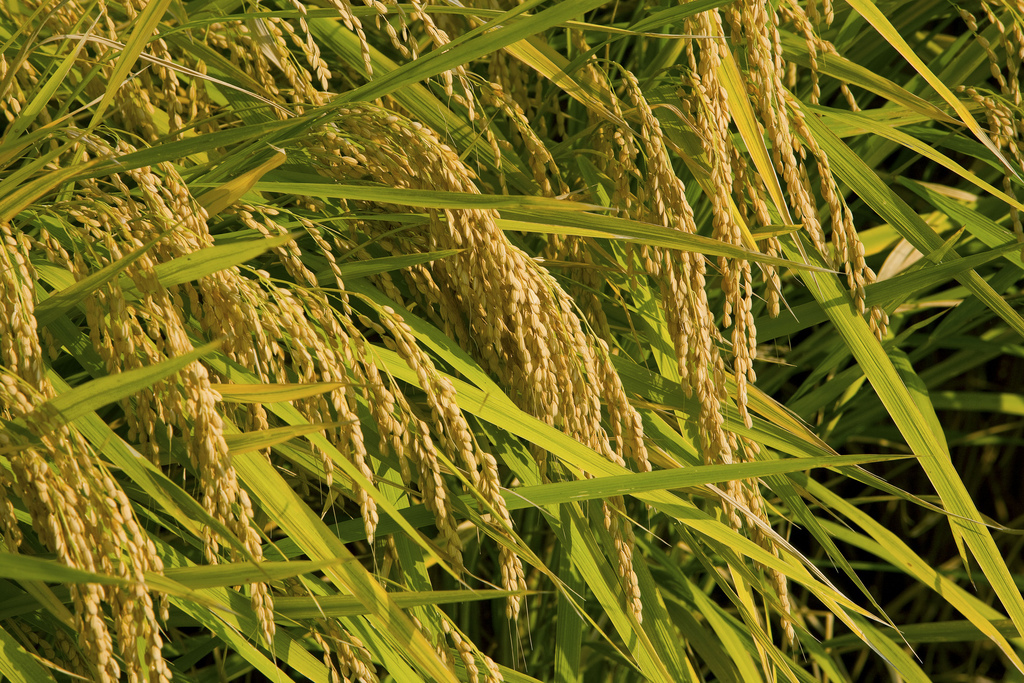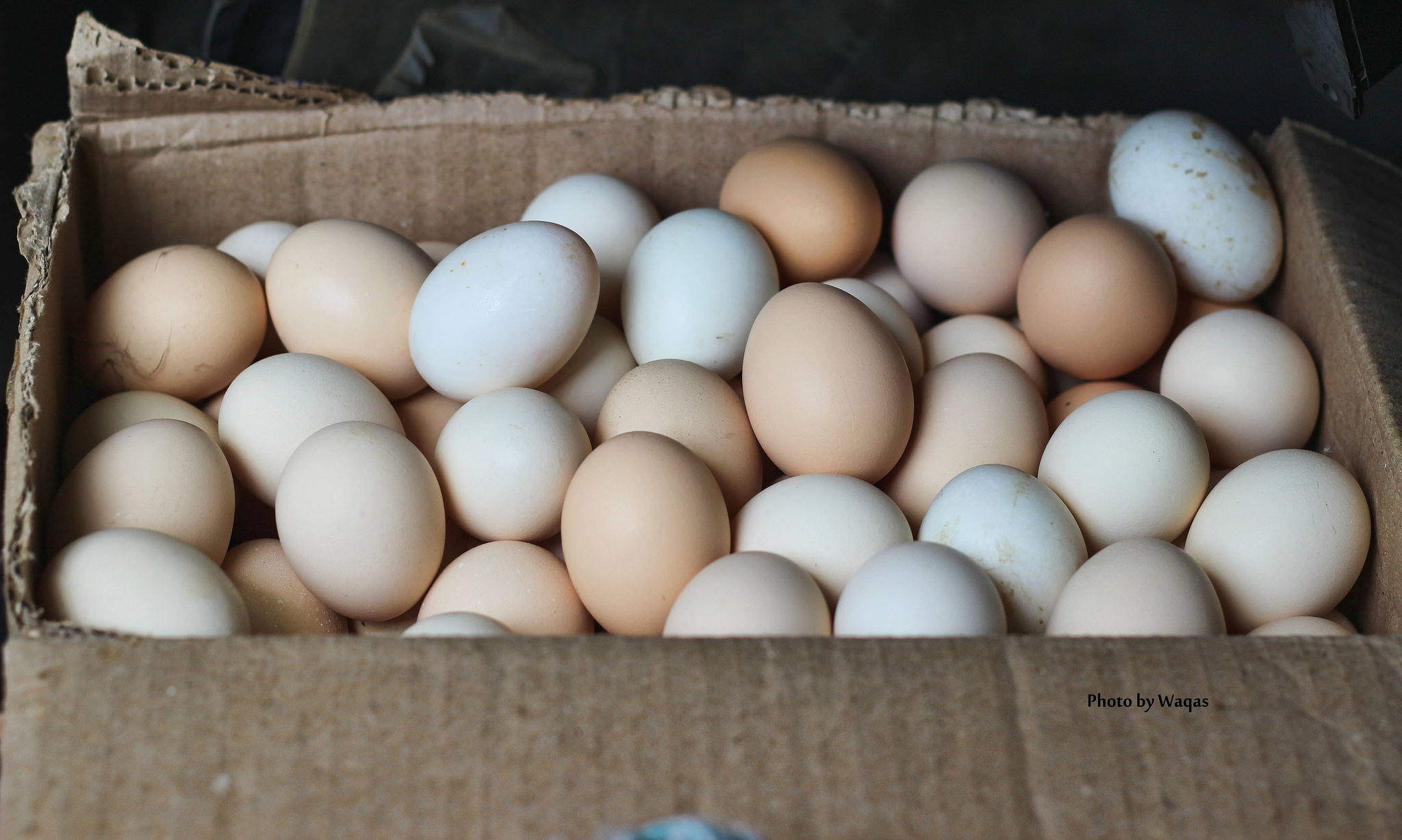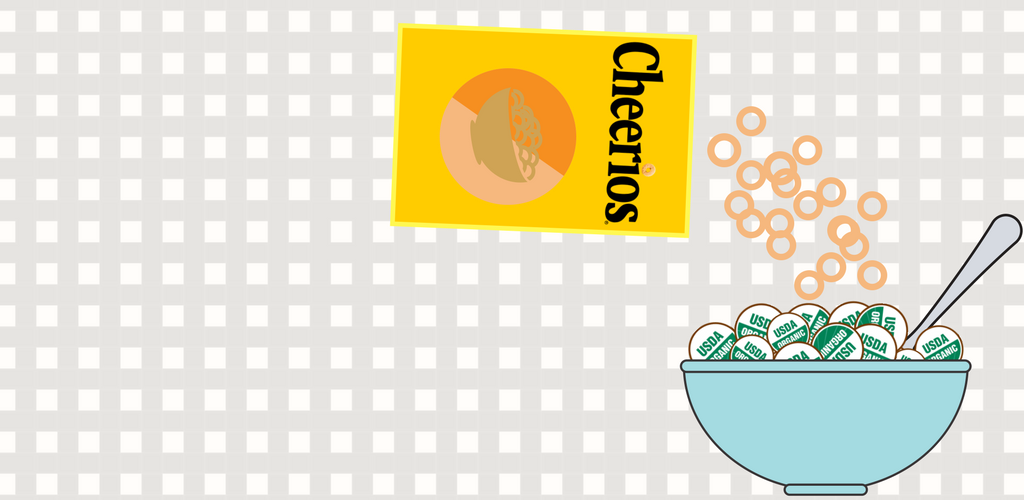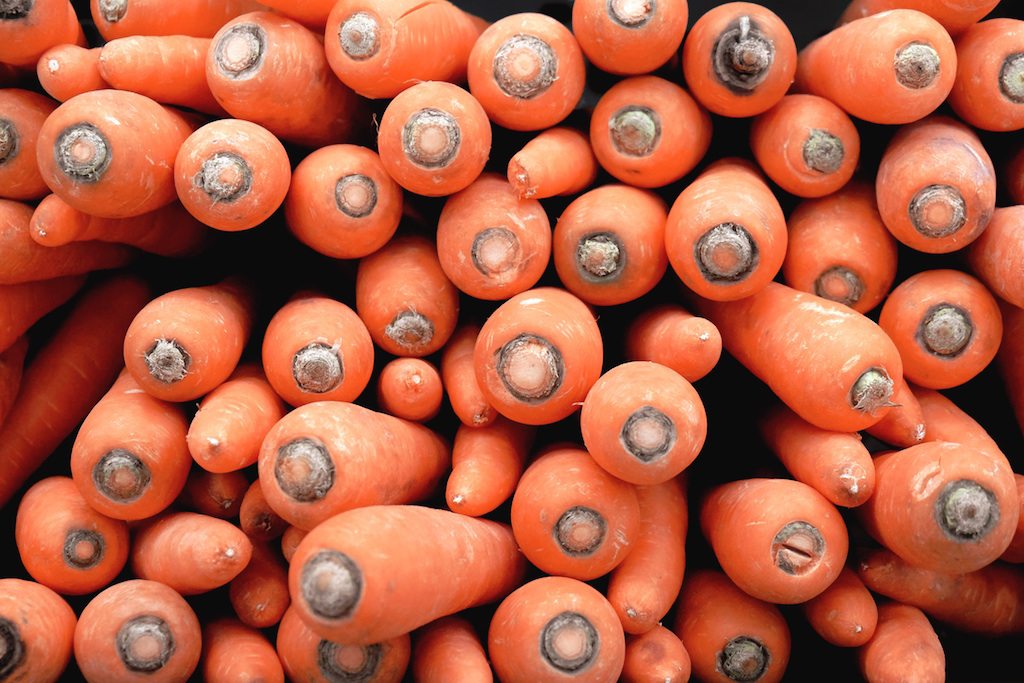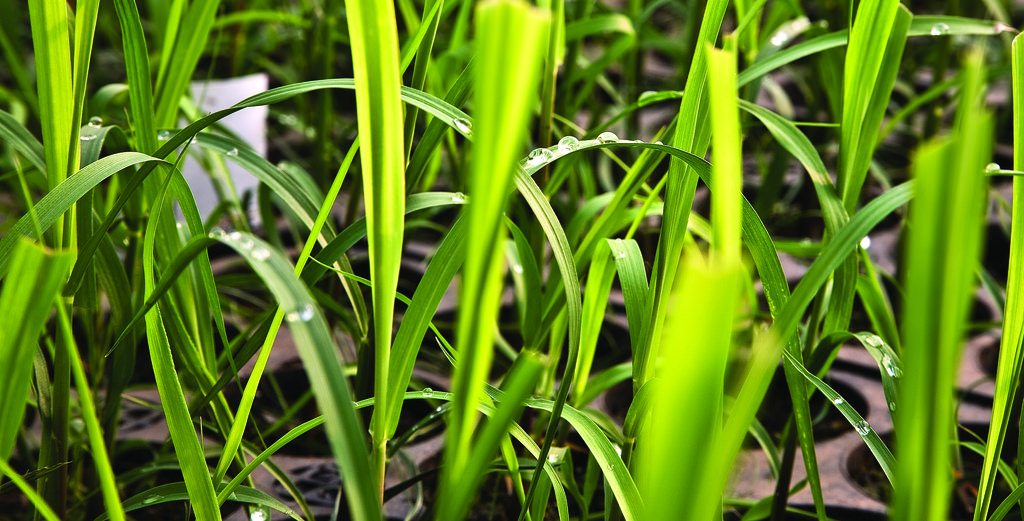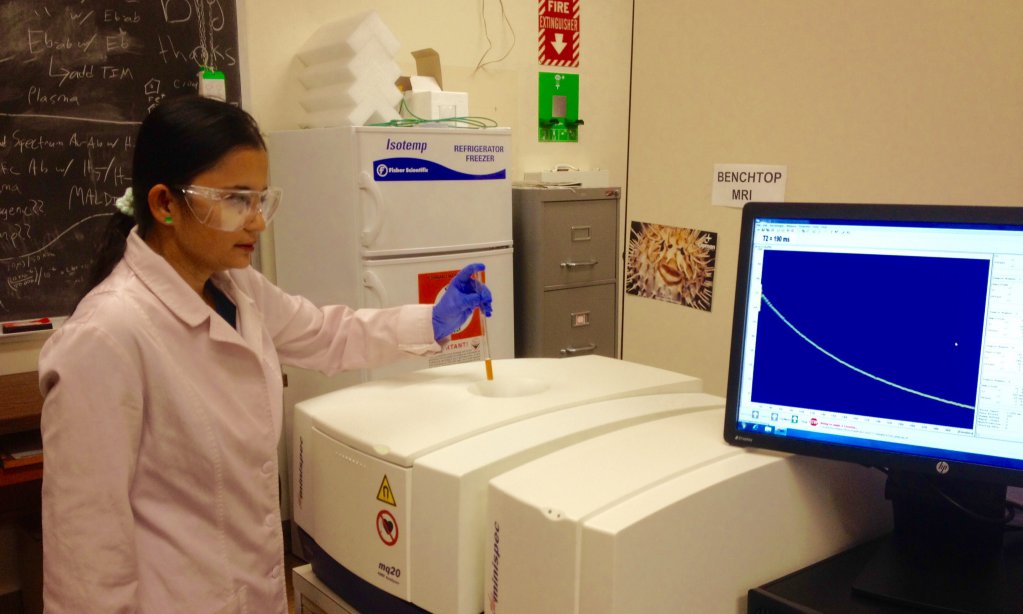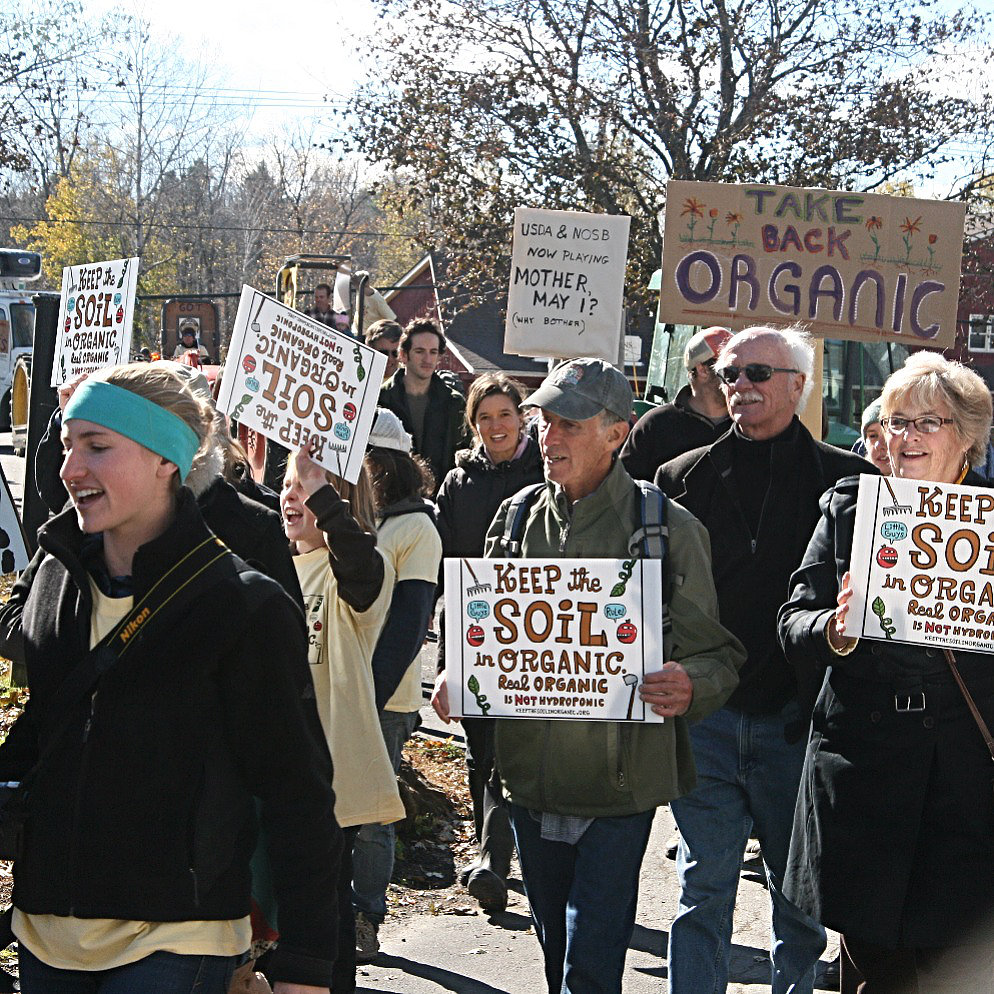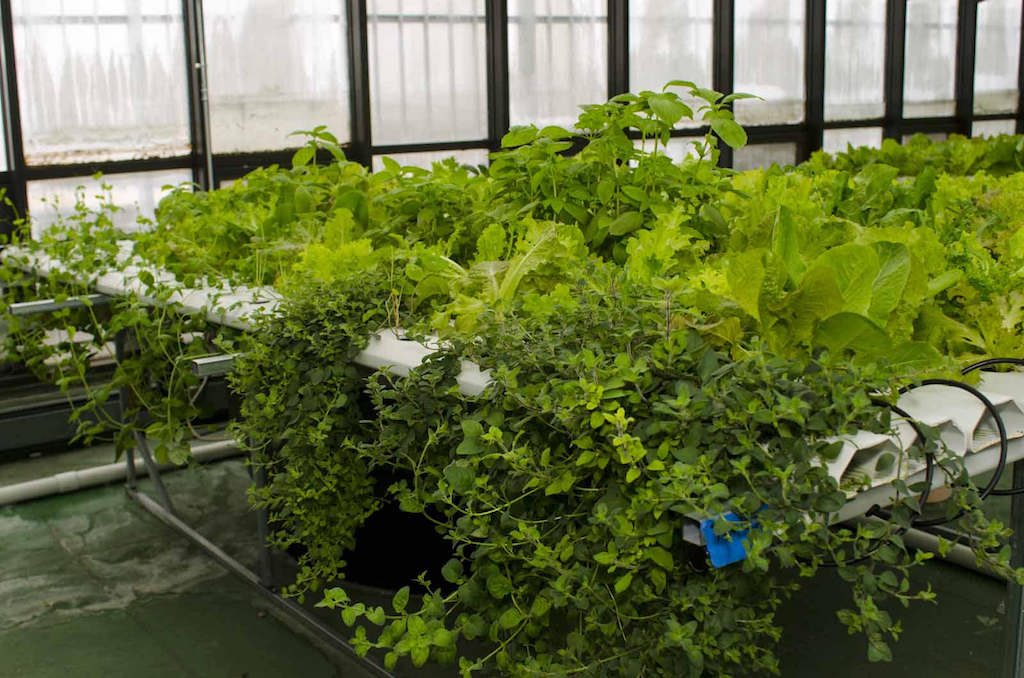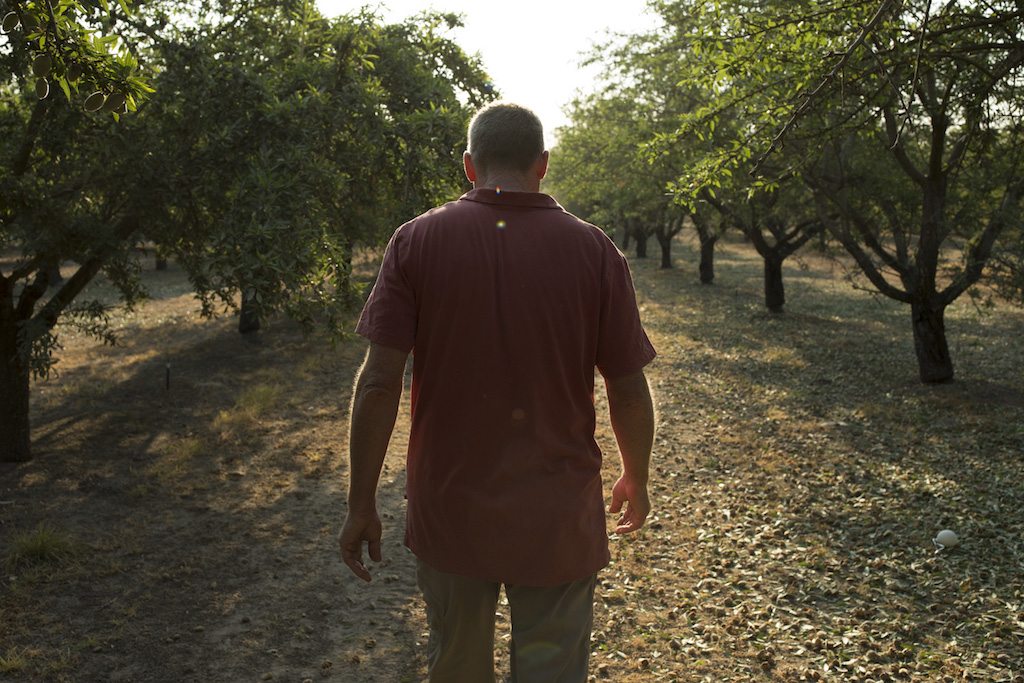You might have noticed a rash of random-looking headlines about organic food a few weeks back—”Organic growth good for small farm survival,” “Organic Food Isn’t All It’s Cracked Up to Be,” “Eating organic ‘won’t save the planet’—and it’s not that great for you either,” “Organic farming matters—just not in the way you might think.” If you’ve been following the great battle over organics, you won’t be surprised to learn that all those stories, and many more like them, were reporting on the same academic study—and that, except for that last one, they mostly missed the point.
The title of the study gives you some sense of what direction it’s going: “Many Shades of Gray: The context-dependent performance of organic agriculture” in Science Advances (available without charge here). The authors, Verena Seufert and Navin Ramankutty of the University of British Columbia, sponsored by Canada’s Natural Science and Engineering Research Council, set out to review the research literature on organic farming practices for crops with an eye toward learning not whether organic agriculture is good or bad, but in which contexts it performs well, and which it doesn’t, including factors that touched on productivity and organic’s contributions to the environment, health and wellbeing of producers, and consumers.
The point, as the title implies, is to look at context. So, for instance, while it seems to be true across the board that organic crops contain lower levels of pesticides, that’s a much more important benefit for those who live in countries without strict pesticide controls and standards. If you live in Europe or the United States, it’s a much smaller deal. Or take biodiversity. Bees benefit more than birds from organic practices, according to the studies Seufert and Ramankutty reviewed, and there is evidence that there’s more of an impact for cereal crops and regions with intensive agriculture than for grassland systems.
One useful thing Seufert and Ramankutty have done is attempt to look at organic’s impact not just on a per-acre basis, but per unit of crop produced—which is important because organic techniques on average are less productive than conventional. So, for example, in organic farming, emissions of nitrous oxide per acre are lower than for conventional farming. But N2O emissions per unit output are higher for organic than conventional crops, though the data have some other issues that need to be looked at. Methane emissions for organic rice farming are higher per acre than for conventional farming—and the numbers look even worse per unit of output.
The bottom line (which the authors summarize in nice, nontechnical language here): Organic currently looks a bit better for the environment, though low productivity is worrisome because it may lead to more land clearing, which is a big contributor to environmental degradation. The benefits to consumers are slender (though much more substantial if you live somewhere without strong rules on pesticides). It’s more profitable for farmers, though it’s not clear that farm workers benefit.
Now, you’re welcome to interpret the data yourself and come to different conclusions but, at least for the moment, the facts Seufert and Ramankutty are working from are the facts we have. Could they change? Sure. Seufert and Ramankutty’s review makes it clear that there’s plenty that we don’t know on nearly every front. And many of the numbers they report show a large range: Best practices make a huge difference; if everyone were following them, organic would look better.
But I don’t expect that to happen. Whatever else it means, “organic” is a marketing label that lets suppliers charge premium prices. Human nature and market forces being what they are, most would-be organic farmers are going to meet the minimum requirements, and they’re going to fight hard (and probably successfully) against change.
I know that many in the organic movement are going to dismiss the study out of hand—I’ve already seen it happening, and more than once at the hands of people who not only didn’t bother to see what it had to say but didn’t even bother to read more than the tweeted headline of the story they disputed. But while I agree that there’s a lot of junk science out there, Seufert and Ramankutty aren’t flying any of the usual warning flags. You may not like what they say, but it’s important to at least hear them out.
And let’s be clear: In the authors’ minds at least, none of the evidence they present constitutes a case against organic agriculture. Far from it. “Organic agriculture shows significant promises in many areas,” they argue. “We would be foolish not to consider it an important tool in developing more sustainable global agriculture. Only 1% of agricultural land is organically farmed worldwide. If organic land continues to expand at the same rate that it has over the past decade, it will take another century for all agriculture to be organic. But organic farming’s influence goes far beyond that 1% acreage. Over the past 50 years, organic farms have provided conventional agriculture with examples of new ways to farm and acted as a testing ground for a different set of management practices, from diversifying crop rotations and composting to using cover crops and conservation tillage. Conventional agriculture has neglected these sustainable practices for too long.”
That idea of organic agriculture as a progressive force in agriculture is important (and a bit at odds with the way organic is often portrayed—as a return to a mythical past). Clearly, seen this way, organic has a great role to play in developing future food systems.
But here’s what Seufert and Ramankutty don’t say, and what we all need to think about. Many of us have fallen into thinking that the transition to organic will be driven by consumers’ desires to eat healthier, safer food, and financed by their willingness to pay premiums of as much as 50 percent to get it. The ratio of cost to benefit always seemed a bit strained. Looking at the numbers, it’s hard to see why U.S. consumers should be shelling out the extra money. It’s not that I think people who are willing to pay a big extra price for today’s organic food are necessarily foolish, it’s just that it’s hard to see the market as a whole buying into that particular value proposition. (I know, everyone you know eats purely organic. You probably don’t know anyone who voted for Trump either. Trust me, they’re out there.)
As organic grows and grows as a presence in the market, it’s important not to get sucked in by the hype. Some of the people who are buying organic are legitimate converts who understand what they’re buying and why. A lot have bought into inflated talk about nutrition and the dangers of Big Food, or–God help us–are just listening to the Food Babes and Gwyneth Paltrows of the world. To the extent that today’s organic boom is driven by folks like that, it’s not a boom. It’s a bubble.
Bursting bubbles, as we’ve all learned far too well, causes a lot of damage. How do we preserve the real, legitimate growth of organic? That’s not a question any one person can answer. But I suspect that any real solution is going to have to include a lot less sentimentality about the past, a greater concern with productivity and price, and much greater willingness to engage with both Big Food and the next wave of agricultural and biological researchers. Organic has been more about resisting some particular notion of “progress” than about creating something new. And that critical function has been extremely important. But now it’s time to start building a future.
